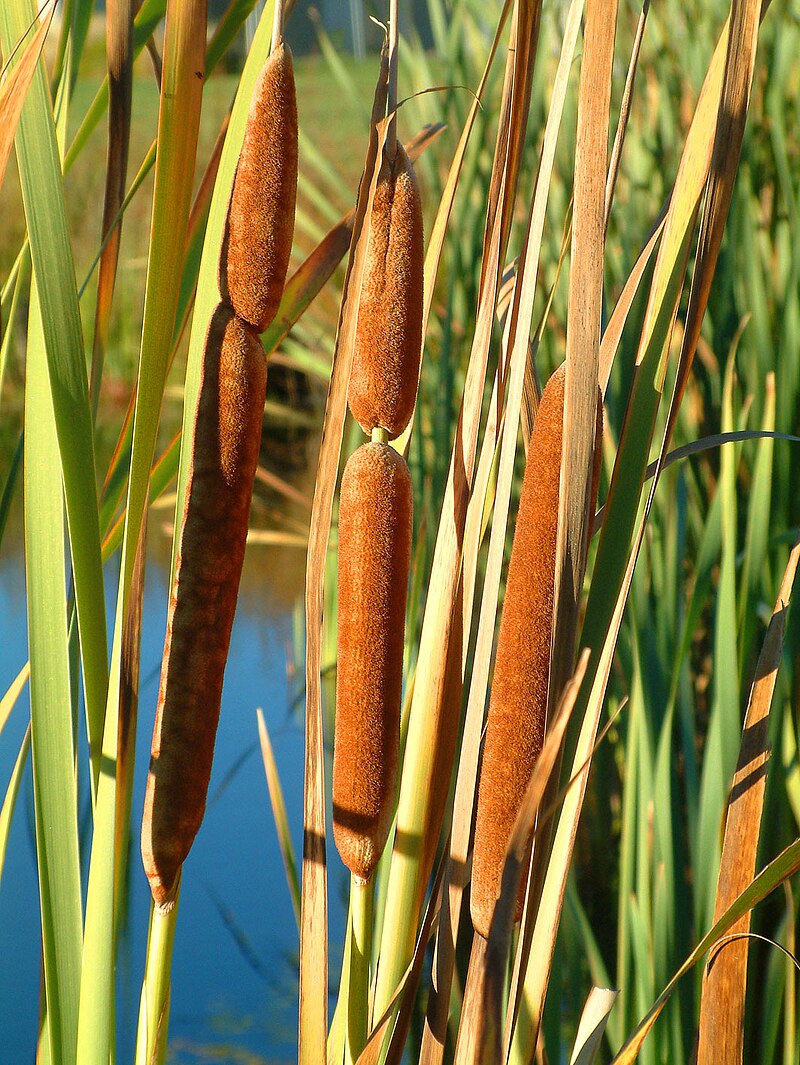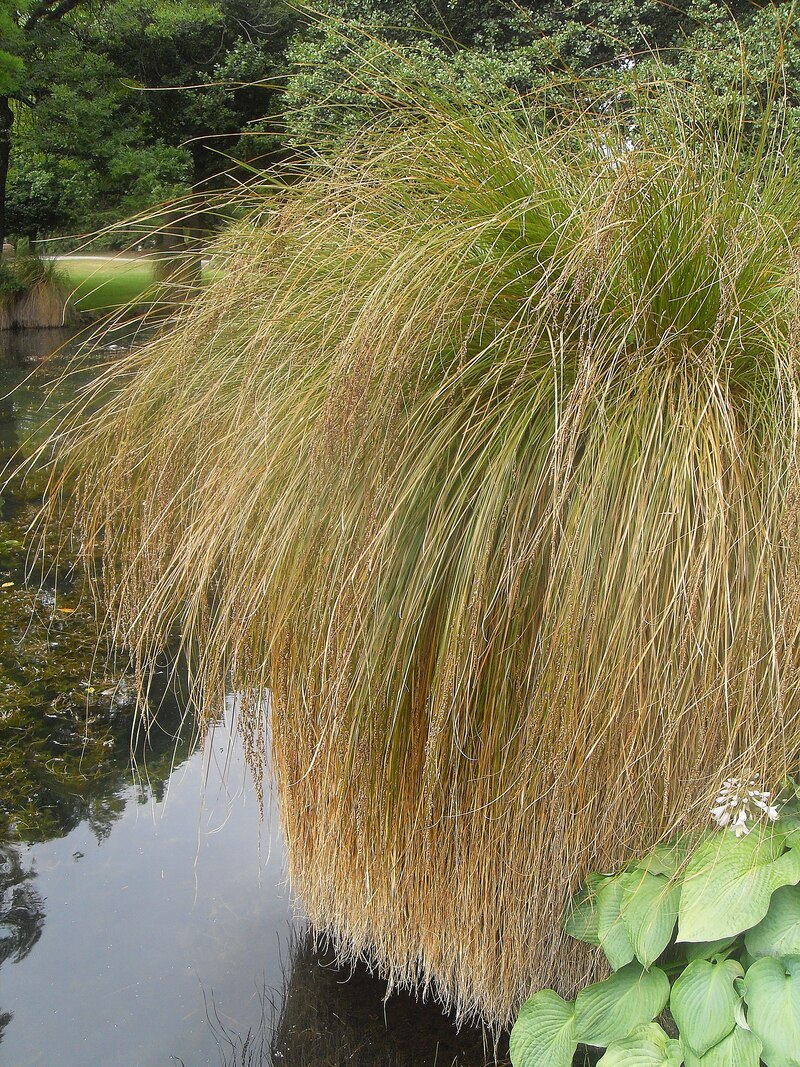Typha orientalis (Raupō)
Typha orientalis
Typha orientalis, commonly known as Raupō, is a distinctive wetland plant native to New Zealand. This robust aquatic plant is characterized by its tall, reed-like growth and distinctive brown, cylindrical flower spikes.

Image credit: Typha orientalis on Wikipedia
Quick Facts
- Common Name: Raupo
- Scientific Name: Typha orientalis
- Family: Typhaceae
- Height: Up to 3 meters
- Flowering Season: Summer
- Native Range: Wetlands of New Zealand and Australia
Climate Best Suited To
Typha orientalis thrives in temperate climates with ample water supply. It is well-suited to wetland areas where it can grow in standing water or saturated soils. The plant is hardy and can tolerate a range of temperatures, making it adaptable to various wetland environments.
| City | Climate Suitability |
|---|---|
| Whangārei | Ideal |
| Auckland | Ideal |
| Hamilton | Ideal |
| Rotorua | Ideal |
| Gisborne | Ideal |
| New Plymouth | Ideal |
| Napier | Ideal |
| Wellington | Ideal |
| Nelson | Ideal |
| Christchurch | Moderate |
| Dunedin | Moderate |
| Invercargill | Moderate |
Growing Requirements
Raupo requires full sun to partial shade and thrives in wet, marshy conditions. It can grow in water up to 1 meter deep and prefers nutrient-rich soils. Regular watering is essential, especially in drier periods, to maintain its lush growth.
Seasonal Care Calendar
- Spring: Divide plants and ensure adequate water supply. Fertilize if necessary to promote new growth.
- Summer: Monitor water levels and enjoy the flowering spikes. Remove any dead or damaged leaves.
- Autumn: Cut back old growth to tidy the plant and prepare for winter.
- Winter: Minimal care needed. Ensure water levels remain stable.
When to Prune and How Much
Prune in autumn to remove old and dead growth. Cut back to ground level if necessary to encourage fresh growth in spring. Regular pruning helps maintain the plant's shape and prevents overcrowding.
Planting Guide
Plant Raupo in wet, marshy areas with full sun. Ensure the roots are submerged in water or planted in saturated soil. Space plants about 1 meter apart to allow for their expansive growth. Ideal for ponds, lakesides, and constructed wetlands.
Propagation Methods
Propagate by seed or division. Sow seeds in wet conditions in spring, ensuring they remain moist. For division, separate clumps in spring or autumn and replant in suitable wetland areas.
Cultural History
Raupo has been used by Māori for weaving mats, baskets, and as a food source. The plant's cultural significance is reflected in its presence in traditional stories and practices, highlighting its importance in Māori heritage.
Pests & Diseases
Generally pest-free, but monitor for aphids and fungal issues in overly wet conditions. Ensure good air circulation to prevent fungal growth, and remove any affected parts promptly.
Bonus Tip
Use Raupo in natural water filtration systems to improve water quality. Its dense root system helps trap sediments and absorb nutrients, making it an excellent choice for ecological restoration projects.


